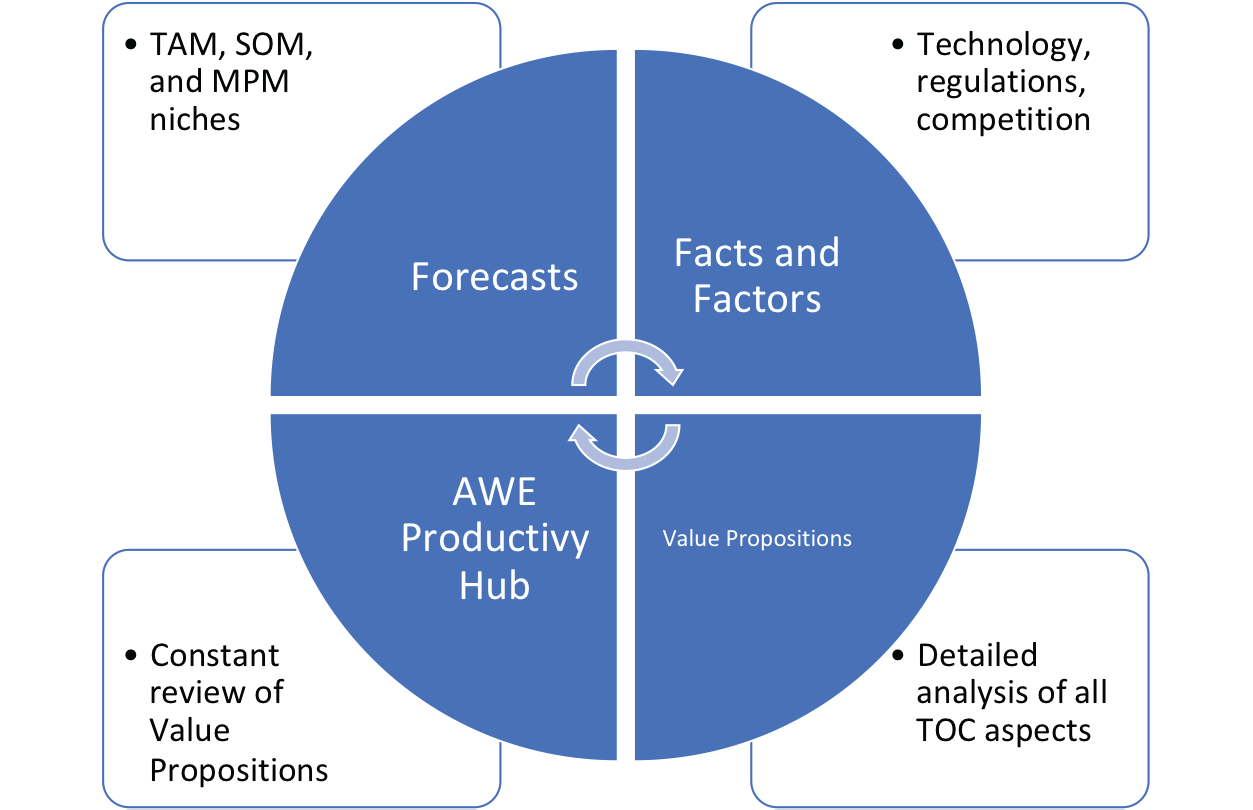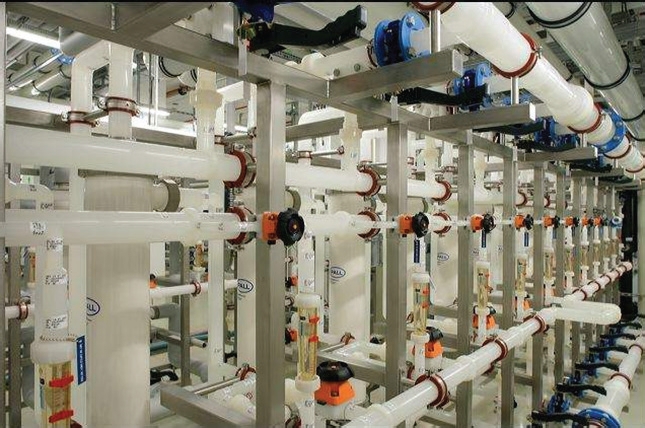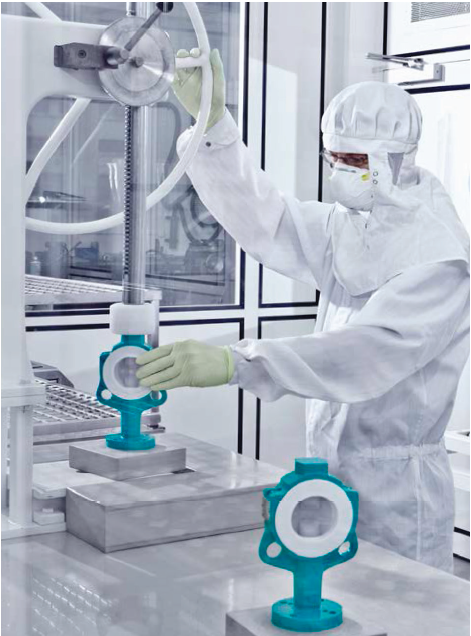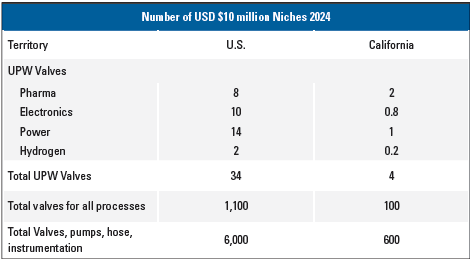Ultrapure water (UPW) is a relatively small valve market but one where high earnings before interest, taxes, depreciation, and amortization (EBITDA) can be achieved.1 Not many companies are willing to invest in the cleanroom necessary for ultrapure water. As such, it is a good example of the application of the most profitable market program.
By Bob McIlvaine, President & Founder – The McIlvaine Company
The foundation of a market program that works well for applications like UPW systems, is having a value proposition in each USD $10 million niche. In the model of a USD $10 million niche, the share is 20% or USD $2 million in revenue. The 30% EBITDA is obtained with 5%, or USD $ 100,000, expensed for a direct sales effort. If the cost of maintaining a salesman is USD $1 million/yr. each sales-person must be involved in ten or more niches, depending on their percentage of responsibility.
A Look at the Niches
The following are some examples of companies with a focus on various UPW niches.
GEMU has a value proposition built around the advantages of a diaphragm multi-port valve block for ultrapure water systems combining reverse osmosis, electro-deionization, and ion exchange in the pharmaceutical industry.
As fewer pipes and fittings are required, using multi-port valve blocks, it is possible to build significantly more compact systems.

The number of welded, or solvent-cemented, joints is also reduced which leads to a considerable increase in plant reliability due to the avoidance of leaks. The fast and simple installation of the unit reduces installation time and costs. Emerson has multiple valves in its Vee-Ball proposition for control of semiconductor UPW. This valve meets the purity requirements with:
- Special material selection of body, trim, and seal material components.
- Elimination of any lubricants in the assembly process.
- Careful cleaning and packing to keep the valve free of any dust or particulate.
- Component treatment to achieve very specific levels of surface roughness.
Wetted valve components are carefully processed and electropolished to establish a chromium oxide finish that is very smooth, resulting in a surface that is 30 times more resistant to chemical attack than prior to polishing.

After passivation, valves are cleaned with a special agent, using a process similar to that used when preparing valves for oxygen service. This process takes place in a dedicated clean room, where special care is taken to eliminate exposure of the assemblies to contaminants.
Plast-O-Matic flow control valves (FC) are manufactured in plastic materials that meet purity requirements and can be used without a pressure regulator since they are pressure compensating (variable orifice) rather than following the most common ‘fixed orifice’ design. This modification thereby affords more accuracy of flow when feed pressures fluctuate.
Parker Hannifin has a comprehensive range of ultra-high purity valves (UHP) that are suitable for use within a wide variety of markets. Its UHP valves offer a selection of valve types and functions to suit the needs of various applications.

The range includes electro-pneumatic manual and air-actuated diaphragm valves that are capable of operating under a range of temperatures and pressures making them suitable for extreme conditions.
4Matic claims to be the largest international cleanroom devoted to valve manufacture. It manufactures several types of valves for ultrapure water including virgin PTFE butterfly valves.
White Knight DI water valves have a wetted flow path free from elastomers, lubricants, and springs. The manufacturing of these valves consists of the body, assembly, and piston. The material of construction consists of three options: PVDF, polypropylene, and PVC. The bellows and backing plate construction for each of these three configurations utilize 100% Virgin PTFE to achieve the highest overall fluid handling performance and level of chemical inertness.
The AVK high-purity butterfly valve Bianca is produced in Switzerland. High-purity grade PFA granulate is used for the disc lining. First, all components are cleaned and dried in a special cleaning facility. Then, the butterfly valves are assembled in a clean room of class 10,000 and checked for leak-tightness using ultrapure air. Each company describes its offering in one or more niches of the market. After the forecasts are initially compiled, the sales team can review them and determine where they can meet the criteria of 20% market share and 30% EBITA in a USD $10 million niche.
Number of Niches
Many of the UPW value propositions are for one type of valve. In the case of Emerson, for example, it is a ball-type control valve where the total number of UPW niches is only about four in the U.S. In many cases, the value proposition for a company can be enhanced by including instrumentation and controls (smart valves).

Final Thoughts
Following this market program approach requires a lot of manipulation of numbers and communication among personnel. This formalization of approaching the market through niches is a very beneficial step forward for companies to be profitable in the UPW industry.
Reference:
- Industrial Valves: World Market published by McIlvaine Company



